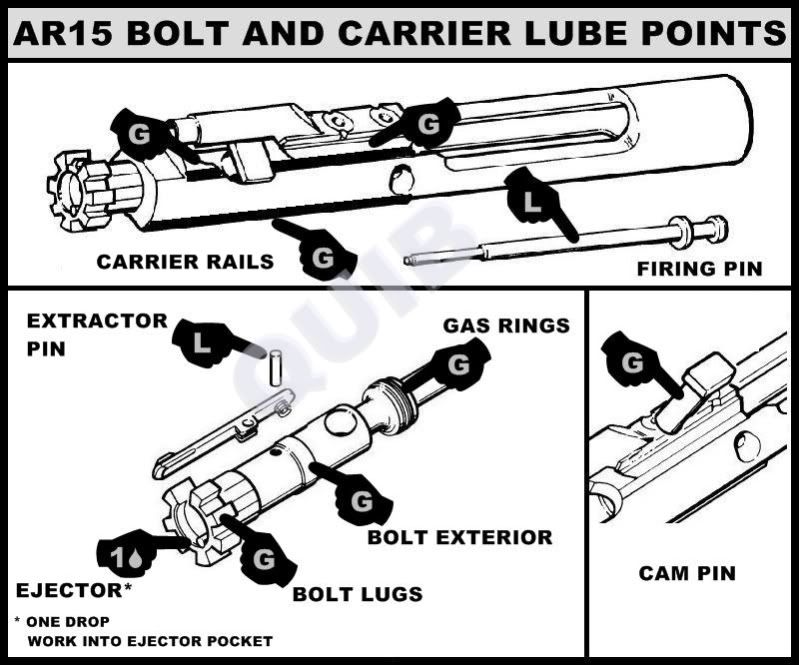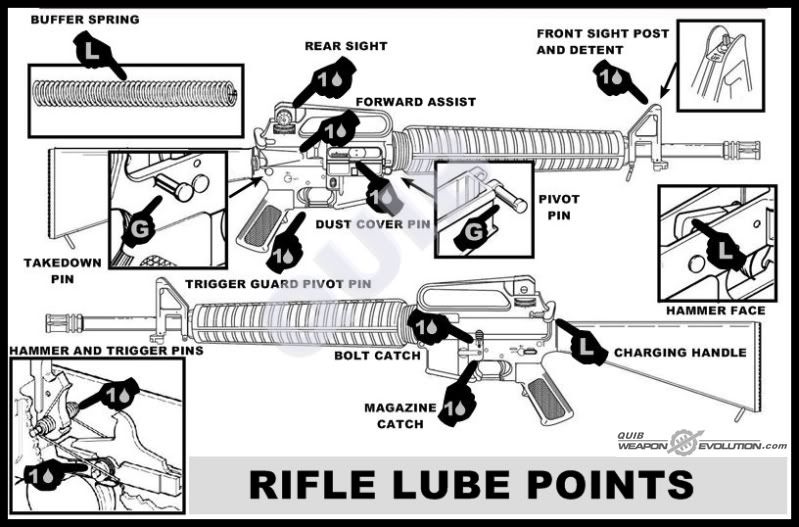First off, I don't want you to think this is a "hey, I'm going to pick on billt460 thread." You've obviously made your choice and you feel very strongly about it, that's your prerogative through and through. I'm not trying to change your mind. You replied first to one of my posts in this thread and used a very defensive tone, as if you were directly under attack, and linked to a bunch of falex tests, which you've now backed off from. Then you cite some favorable online reviews of the same product, which you now state that you don't think are relevant but somehow still qualify the product as "good"....because after all, those reviewers would have found a problem by now if there was one. And now we have this:
Originally Posted By: billt460
Some time ago I purchased 3 cases of .30-06 ammunition from the CMP. This was the "Greek Ammo" that the CMP was selling, because it was loaded to M1 Garand specifications. (Mid range powder burn rate). The price was very good on this ammunition at the time, ($381.00 for 3, 440 round cases delivered Fed Ex to my door). Or just under .29 cents a round. I couldn't buy new .30-06 brass for that price.
Originally Posted By: billt460
I direct tested Weapon Shield at the range in a comparative test on bolt lugs. What I though was ammo that was loaded too hot, turned out to be nothing more than inferior lubrication. Hard bolt lift without, easy bolt lift with. Period, end of story.
You cherry picked a scenario where you had 3 completely reliable bolt guns, the only variable was the ammunition. You bought dodgy ammunition that made all three bolts difficult to cycle after firing. You drizzled some new oil on there and voila! It's a miracle! OMG someone alert the press! Keep in mind you also state that all 3 of these rifles worked great with hand loads and various factory loaded ammunition bought at retail. How does this possibly show that Weapon Shield is superior? It reads like Weapon Shield should only be used on firearms running cheap, foreign sourced milsurp ammunition loaded "hot."
I also find this humorous because the OP is clearly looking for a lube that can be run hard in an AR, perhaps even an SBR'd/suppressed gun (these are notorious for shearing bolt lugs). These guns run in temperatures that will never be seen by a bolt action hunting rifle. High temperatures are the catalyst of chloro paraffin additives, they create the "wear protection" through a surface reaction of the additive as it decomposes. If you read any of the posts by the actual tribologists on this forum, they caution against this very scenario, and they correctly state that the manufacturers of these additives will not provide meaningful data to back up their claims of "superior wear protection."
I'm not telling you to stop using Weapon Shield. As you've already stated, you've convinced yourself it's the best. That's great, keep on truckin'. What I'm driving at is that your basis of "proof", which we now know to be 3 bolt action guns with surplus ammunition, is hardly a salient point that can be applied to any other situation. It's no different than the falex test. Carry on and best of luck, our conversation seems to just be going in circles and at this point I don't care to spend any more time on it.
Originally Posted By: billt460
Some time ago I purchased 3 cases of .30-06 ammunition from the CMP. This was the "Greek Ammo" that the CMP was selling, because it was loaded to M1 Garand specifications. (Mid range powder burn rate). The price was very good on this ammunition at the time, ($381.00 for 3, 440 round cases delivered Fed Ex to my door). Or just under .29 cents a round. I couldn't buy new .30-06 brass for that price.
Originally Posted By: billt460
I direct tested Weapon Shield at the range in a comparative test on bolt lugs. What I though was ammo that was loaded too hot, turned out to be nothing more than inferior lubrication. Hard bolt lift without, easy bolt lift with. Period, end of story.
You cherry picked a scenario where you had 3 completely reliable bolt guns, the only variable was the ammunition. You bought dodgy ammunition that made all three bolts difficult to cycle after firing. You drizzled some new oil on there and voila! It's a miracle! OMG someone alert the press! Keep in mind you also state that all 3 of these rifles worked great with hand loads and various factory loaded ammunition bought at retail. How does this possibly show that Weapon Shield is superior? It reads like Weapon Shield should only be used on firearms running cheap, foreign sourced milsurp ammunition loaded "hot."
I also find this humorous because the OP is clearly looking for a lube that can be run hard in an AR, perhaps even an SBR'd/suppressed gun (these are notorious for shearing bolt lugs). These guns run in temperatures that will never be seen by a bolt action hunting rifle. High temperatures are the catalyst of chloro paraffin additives, they create the "wear protection" through a surface reaction of the additive as it decomposes. If you read any of the posts by the actual tribologists on this forum, they caution against this very scenario, and they correctly state that the manufacturers of these additives will not provide meaningful data to back up their claims of "superior wear protection."
I'm not telling you to stop using Weapon Shield. As you've already stated, you've convinced yourself it's the best. That's great, keep on truckin'. What I'm driving at is that your basis of "proof", which we now know to be 3 bolt action guns with surplus ammunition, is hardly a salient point that can be applied to any other situation. It's no different than the falex test. Carry on and best of luck, our conversation seems to just be going in circles and at this point I don't care to spend any more time on it.










